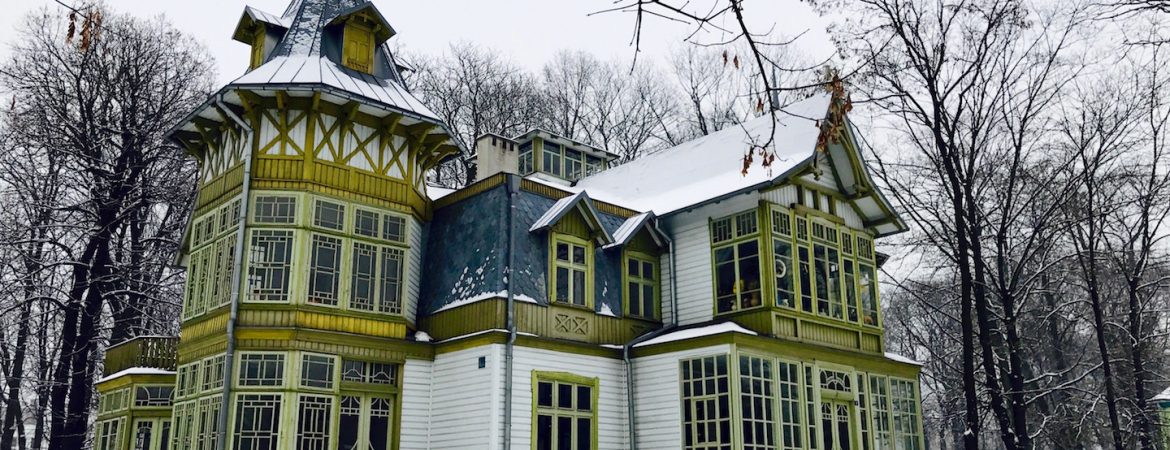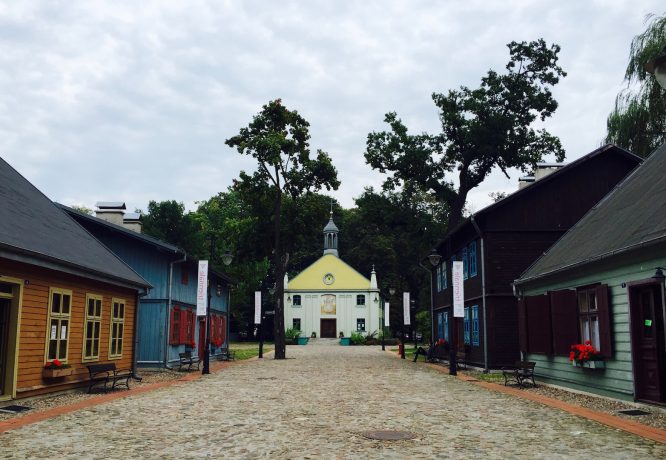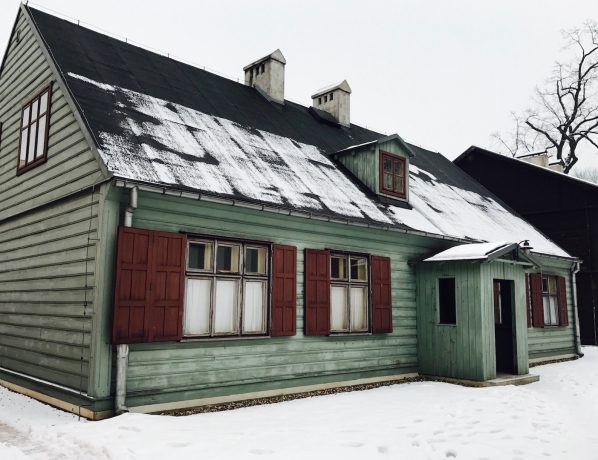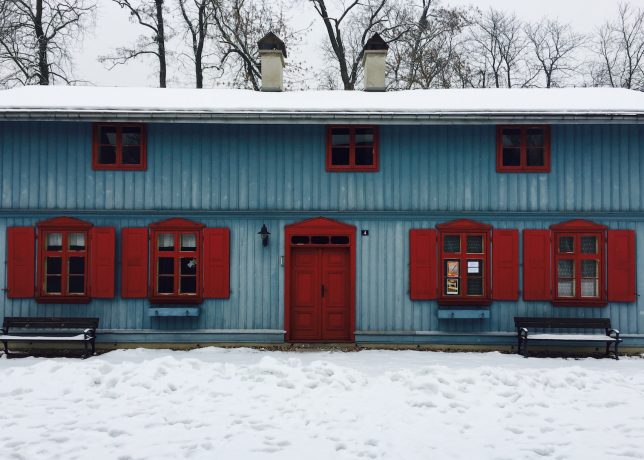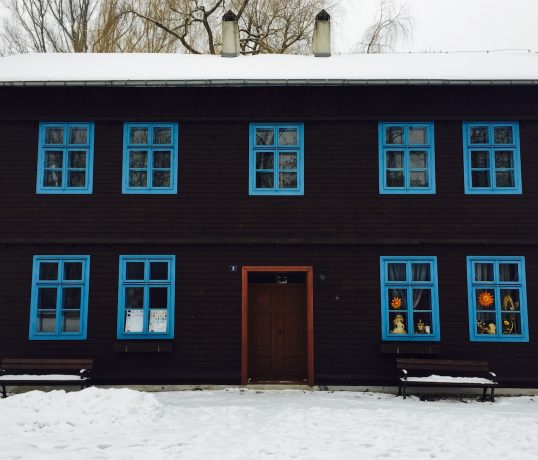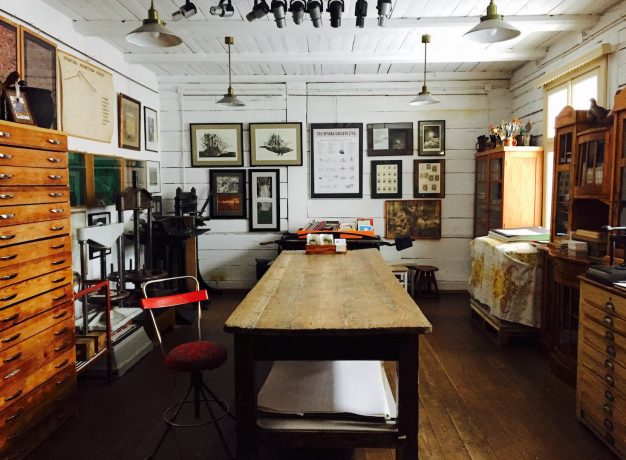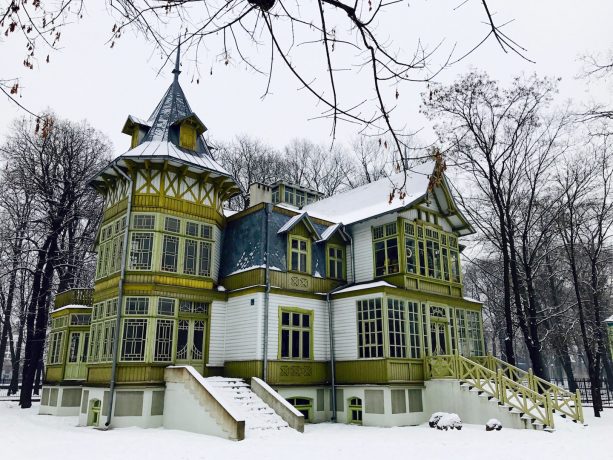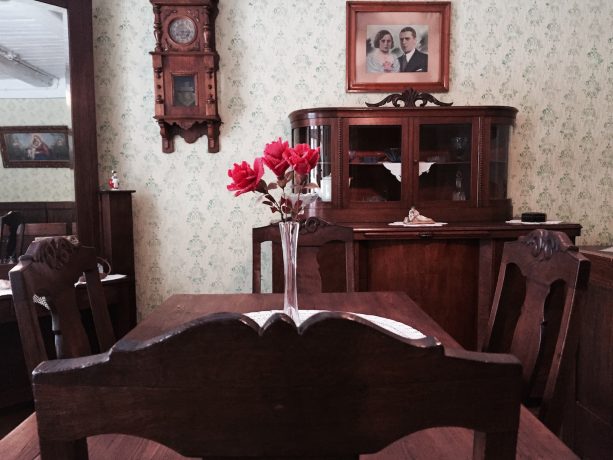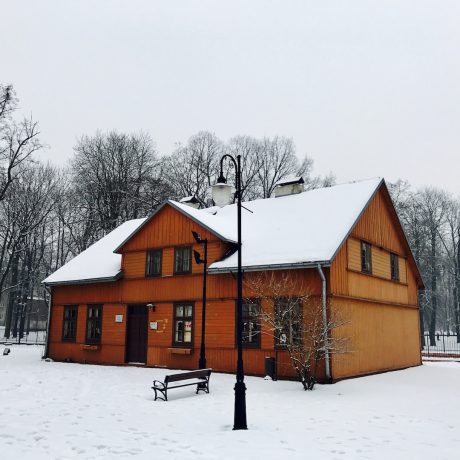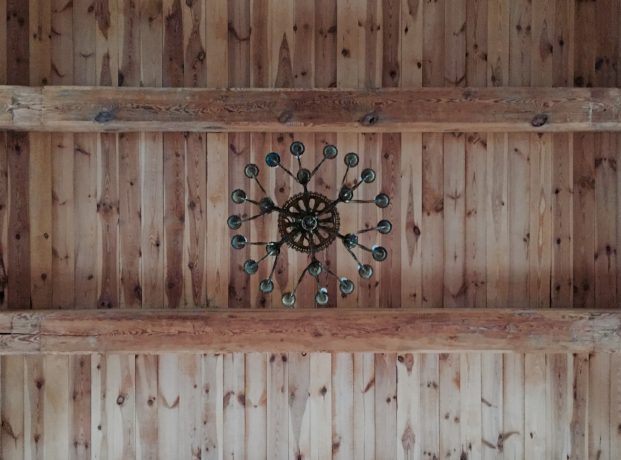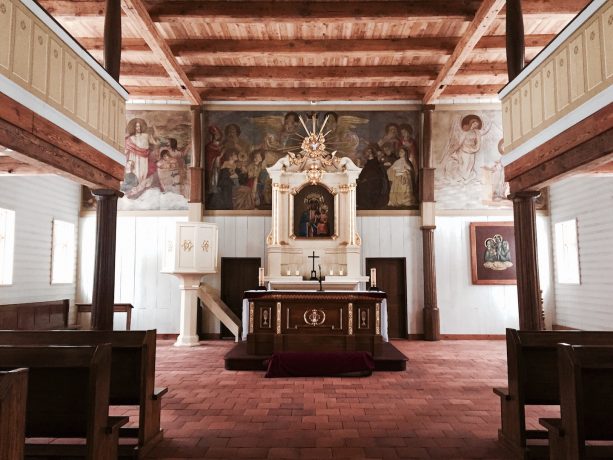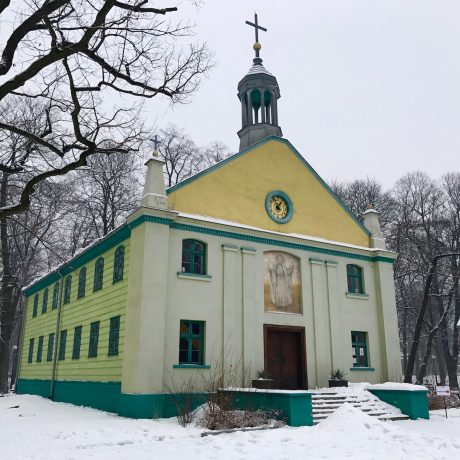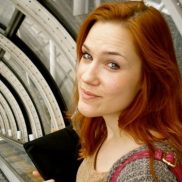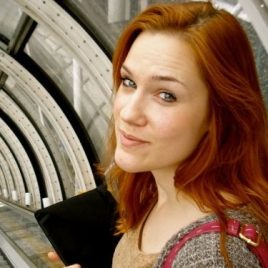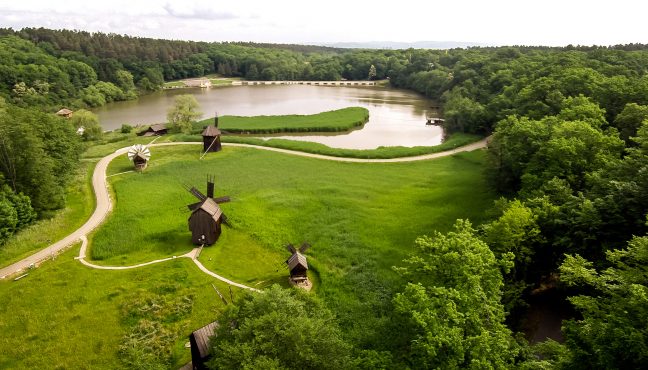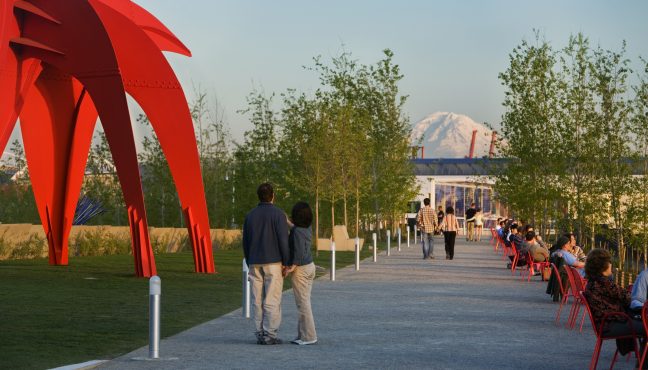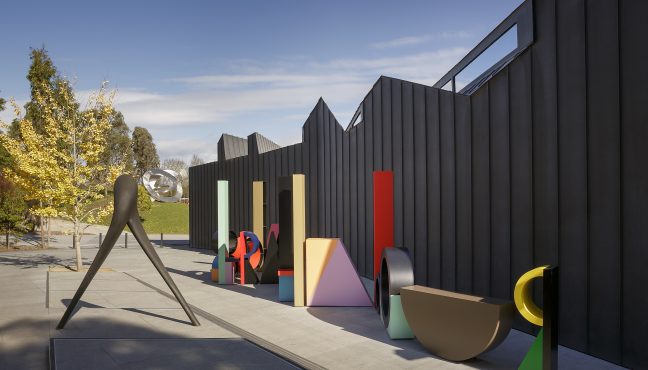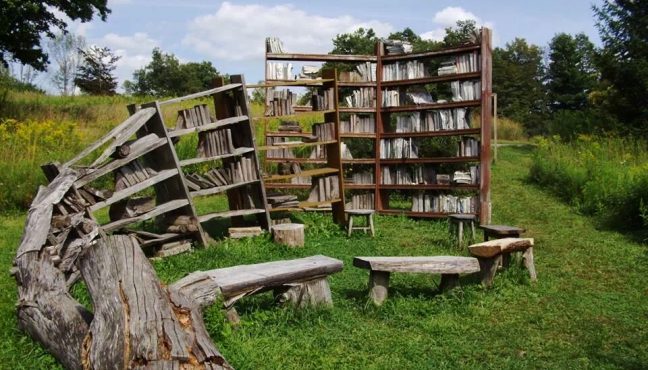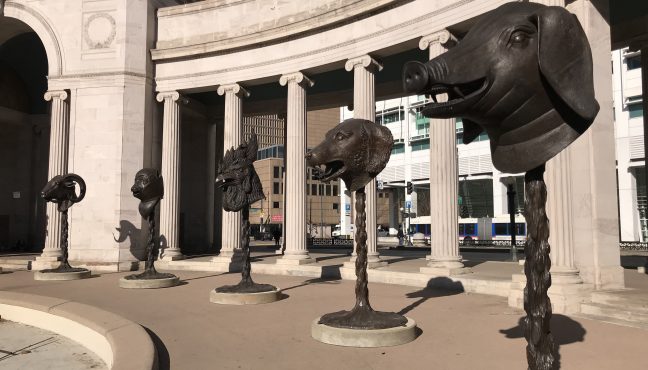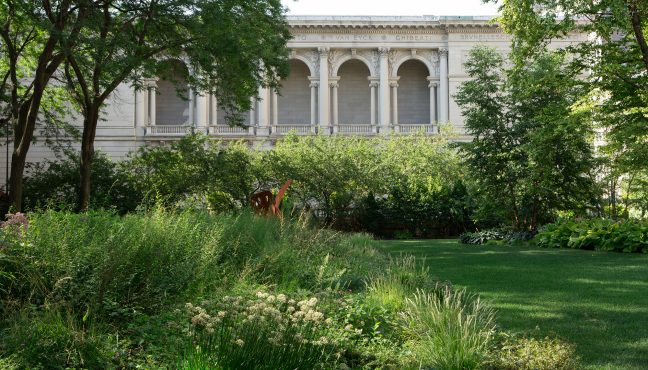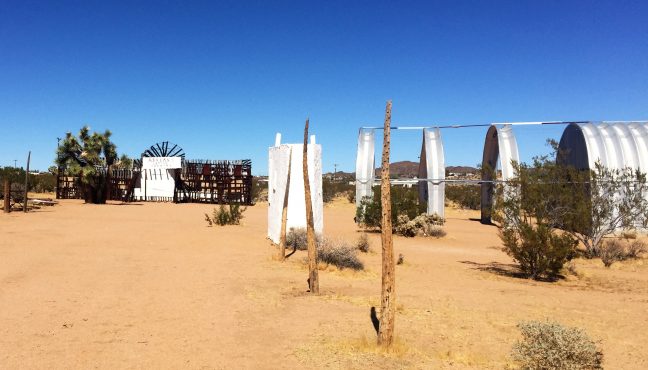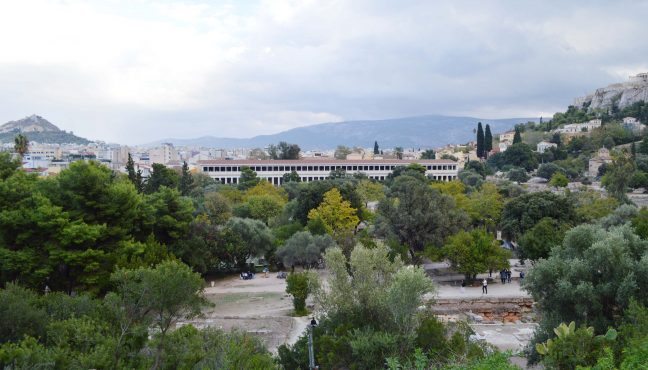Lódz, one of the biggest cities in Poland, also used to be one of the country’s greatest. It became important on the national map thanks to its blooming textile industry. The 19th century was the time of red-brick factories, apartment houses for wealthy people, stylish mansions and plenty of jobs awaiting for people in the city. It was the time when the future seemed bright for everyone: the factory owners and workers. Lódz was described as „the city of chimneys” and called by many their „promised land”. Famous Polish writer Wladyslaw Reymont wrote the book named "The Promised Land" and Andrzej Wajda, the most famous Polish director turned the story into a film. Unfortunately, the factories started slowly collapsing during the communist time turning the city into a grey land of grey buildings and sad faces.
Luckily, the signs of the past greatness can still be found today. One of such history reminders is definitely the Central Museum of Textiles, which includes a beautiful Open-air Museum of Lódz Wooden Architecture. The main Museum is set in the building of the White Factory that used to belong to the manufacturer Ludwig Greyer. The building is one of the most beautiful monuments of Polish industrial architecture.
The White Factory, built in the first half of the 19th century, was the first factory in Lódz integrating several areas of the industry. The Museum exhibition focuses on the historical aspect of the city development through the textile industry while the Open-Air Museum moves you back in time.
The idea of creating an Open-Air Museum of Lódz Wooden Architecture first appeared at the end of the 1950s, but the implementation occurred nearly 50 years later at the beginning of 21st century. Museum authorities were forced to wait a long time for the funding to complete such a great initiative, which finally happened thanks to the support from the EU. There were eight objects carefully selected to best represent the typical buildings of the industrial Lódz from the 19th and 20th centuries. Therefore, the village consists of the church, summer villa, one-story house for the workers, the wooden tram stop and four craftsmen’s houses. The buildings were set along the cobbled streets that lead to the church, which is positioned centrally. The special care was taken of the little period details: the well, the lanterns as well as the plates with the names of the streets.
The summer villa is closed for the public, but sometimes opens up as a film set. The magnificent building stands next to the entrance gate, attracting the passersby with its unique design and color. Right behind the gate there is a little wooden church with modest interiors that reminds people of the modest life of the factory workers. It was built in the second half of 19th century and, until the end of the World War II, belonged to the German minority settled in the villages around Lódz. Today the church is available for rent for wedding ceremonies and its great acoustics makes it a desirable location for the music concerts.
Among all the houses there are two cottages worth mentioning.
The first cottage was moved from 68 Wólczanska Street and currently is called 6 Lódzka Street. Inside, there are three exhibitions, and the interiors are portraying the life of the workers in the most accurate way. There is a clear division between the space that used to belong to the ordinary worker and the one where the master lived with his family. Both exhibitions contain bedrooms and a kitchen space and they date between 1920 and 1939. It is the period of time when the industrial folklore was blooming.
There is also a multimedia exhibition called „In the Mrs Goldberger’s kitchen”, which symbolically moves the visitors to the time of Jewish Lódz before the World War II. It was recreated based on the memories of Maria and Zenon Goldberger.
The second and most interesting cottage is called „The House of the Paper maker”. The original interiors were adapted to four workshop spaces: the paper maker’s, the typesetter’s, the bookbinder’s and the printer’s one. The machines are dated 19th and beginning of 20th century. Guests are invited to explore this tiny museum. It also hosts workshops for schools and various clubs and societies. Apart from the historical program, participants can also join practical classes and learn various types of home decorations.
The rest of the cottages are open to public during spring and summer seasons. They are rented as commercial spaces for the small entrepreneurs selling craft, clothes and handmade jewelry.
The special guests always welcome at the museum are the filmmakers and the film students. After the World War II, Lódz has become the film capital as the first national film school was founded there. Roman Polanski and Andrzej Wajda studied in Lódz. Currently, it is the most famous Polish film school in the world. Students learn how to tell stories through the camera and they often pick the Open-Air Museum for their location. The wooden interiors, modest and often described as Scandinavian, are truly appealing as they stand in a great contrast with what can be found in Lódz today. The unique atmosphere of the place helps students capture the spirit of the city in the best way possible.
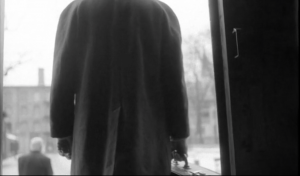
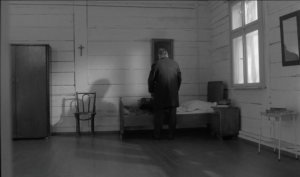
The summer villa appeared in two feature films including an American horror film: „House” (2007) and „Hiszpanka” (2014). Its mysterious look goes well with its secretive history as not much is known about its previous owners. The only trace left after the last owner is just the initials „F.K.” engraved on one of the windows.
The photographs say it all - the past has been captured perfectly in the Open-air Museum. The time that was great for some and grey for others. The time when Lódz was still „a promised land”.
